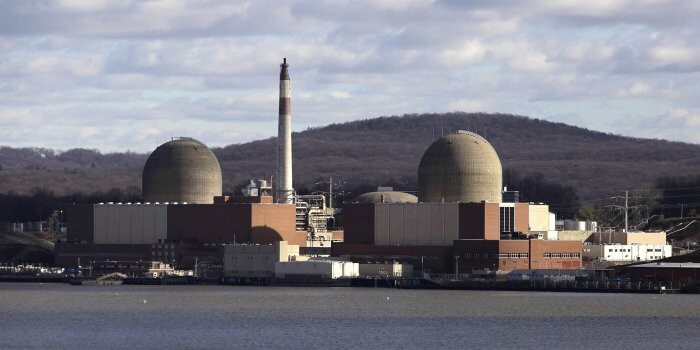
New York State is moving to construct a new large-scale nuclear power plant, the first in the U.S. in approximately 15 years. This initiative is being hailed as a major shift in New York's energy policy, aiming to simultaneously address climate change and ensure a stable energy supply.
New York Governor Kathy Hochul recently told The Wall Street Journal (WSJ) that she has directed the state-owned utility, the New York Power Authority (NYPA), to add at least 1 gigawatt (GW) of new nuclear power capacity to existing aging nuclear facilities. One gigawatt is a substantial capacity, capable of supplying electricity to approximately one million households.
Background and Goals of New Nuclear Plant Construction
New York State's decision is based on several complex factors. The most significant factor is the state government's strong climate goal of reducing carbon emissions. New York aims to achieve 100% clean energy by 2040, and there's a growing recognition that relying solely on renewable energy sources has limitations in reaching this goal. Renewables like solar and wind have the disadvantage of being intermittent, making a stable baseload power source essential. Nuclear power, as a clean energy source with virtually no carbon emissions, has emerged as a strong alternative that can meet this need.
Furthermore, ensuring a stable power supply is another critical factor. In recent years, concerns about power supply instability have grown due to increased electricity demand from extreme weather events and the closure of aging power plants. The importance of energy security has been further highlighted, especially with the deepening instability in the global energy market following the Russia-Ukraine war.
Construction Plan and Method
The New York Power Authority is currently scouting sites for the new nuclear plant, primarily in suburban areas of northern New York, and is considering adopting the latest reactor designs. Governor Hochul stated that NYPA could pursue the project independently or in collaboration with private companies. Cooperation with private companies is seen as beneficial for distributing the immense initial investment costs and introducing advanced technology and operational know-how.
While the specific type of new reactor has not yet been confirmed, the possibility of adopting Small Modular Reactors (SMRs) is being considered. SMRs offer advantages such as higher safety, shorter construction periods, and modularity, allowing for construction at various scales compared to traditional large reactors. They are drawing attention as a key technology for the revitalization of nuclear power in the U.S.
Current Status of Nuclear Power in the U.S. and the Significance of This Decision
The U.S. once led the global nuclear power industry, but new nuclear plant construction virtually halted after safety concerns grew following the Three Mile Island accident in 1979 and the Chernobyl accident in 1986. Massive construction costs, complex licensing procedures, and opposition from environmental groups also accelerated the contraction of the nuclear power industry. According to the WSJ, only five new commercial reactors have begun operation in the U.S. since 1991, a number far too small to offset the rate at which existing reactors are being retired.
In this context, New York State's pursuit of large-scale new nuclear plant construction carries significant meaning, as it could signal the revival of the U.S. nuclear power industry. The Biden administration has also expressed support for nuclear power to address climate change and is providing various incentives, including tax credits for nuclear power, through the Inflation Reduction Act (IRA).
Challenges and Outlook
New York State's plan for new nuclear plant construction marks a significant turning point in energy policy, but it also faces several challenges. The biggest challenge is the enormous construction costs and timeline. Nuclear power plant construction requires astronomical costs and takes several years to decades. Furthermore, safety concerns and the issue of spent nuclear fuel disposal continue to be public concerns, requiring clear solutions. Opposition from environmental groups is also an anticipated hurdle.
Nevertheless, New York's decision is seen as a move to explore practical solutions for achieving the urgent goals of climate change mitigation and energy security. The success of New York's new nuclear plant construction will be closely watched to see if it can influence other states across the U.S. and serve as a catalyst for the resurgence of nuclear power.
[Copyright (c) Global Economic Times. All Rights Reserved.]




























